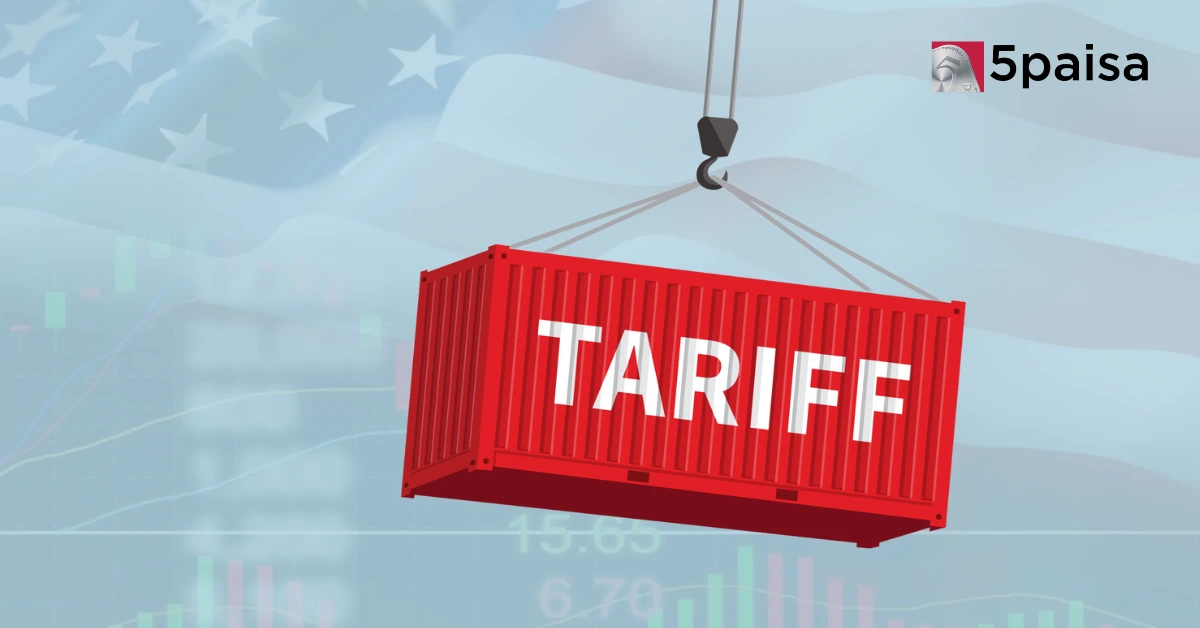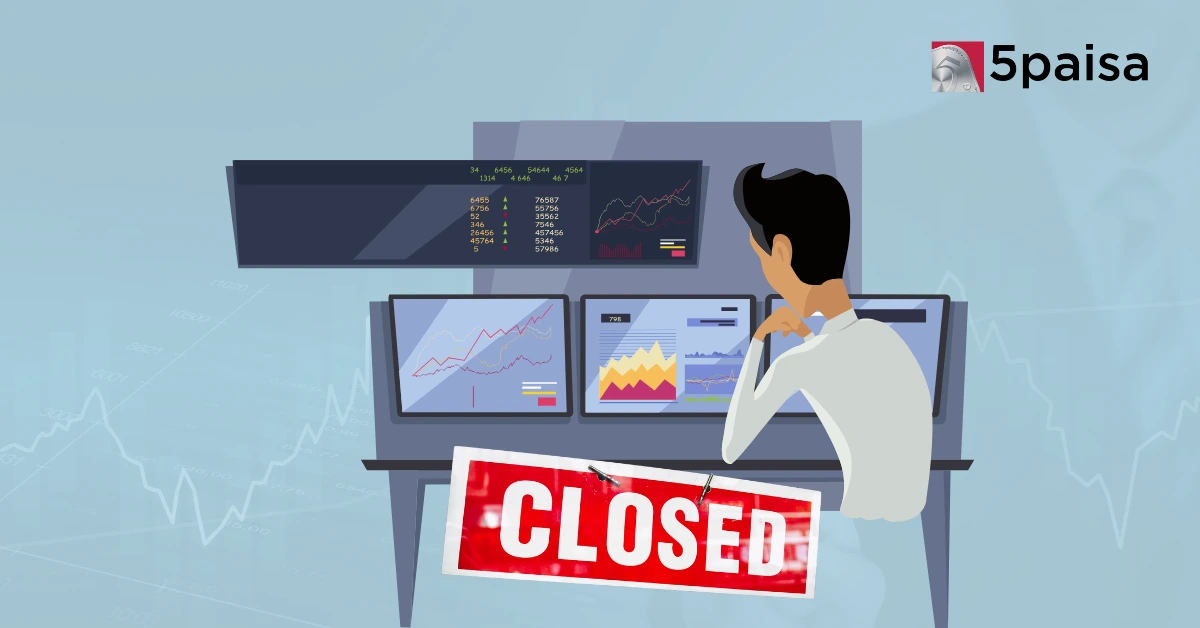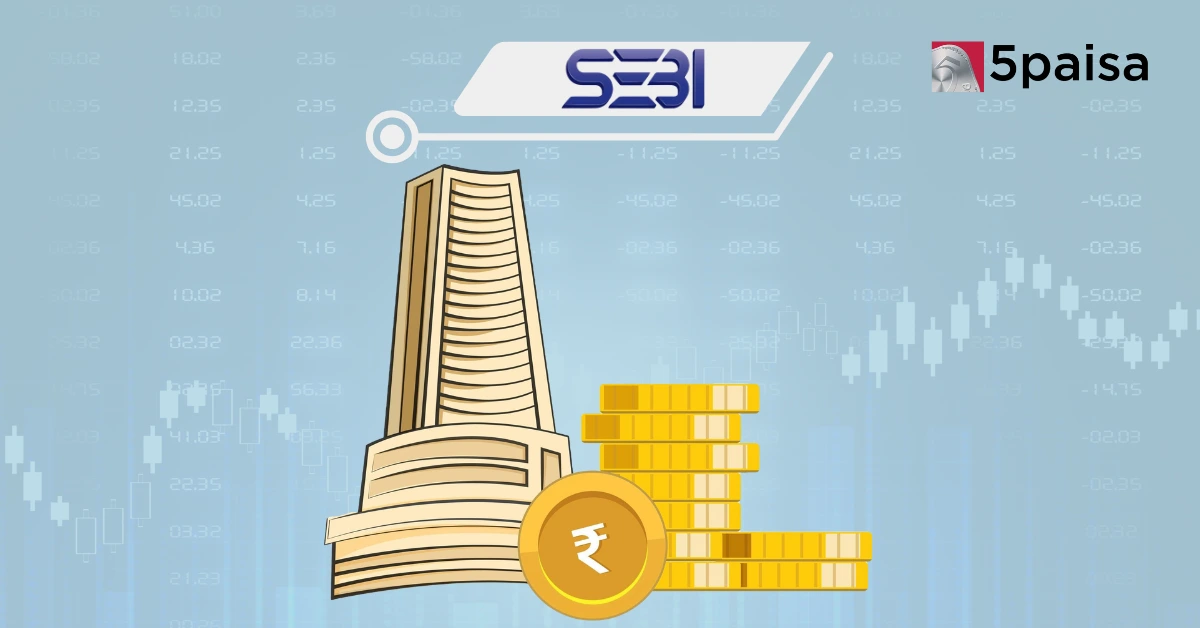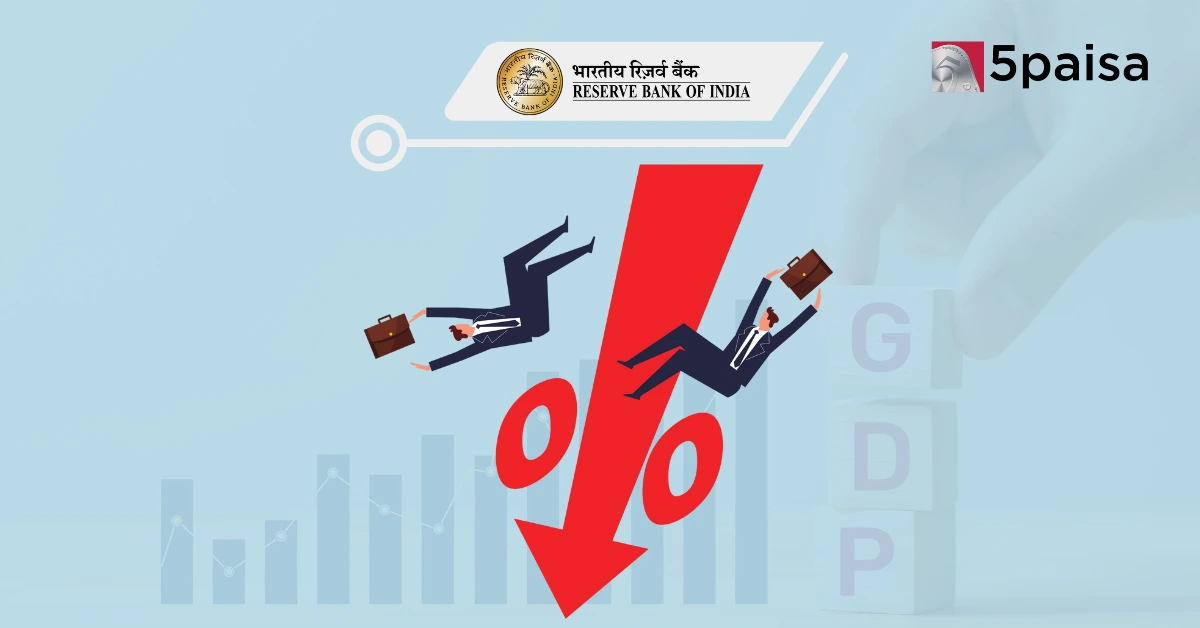SEBI Constitutes High-Level Committee Headed by Pratyush Sinha to Review Conflict of Interest Norms
What it means if the Fed is hawkish and the RBI is not?
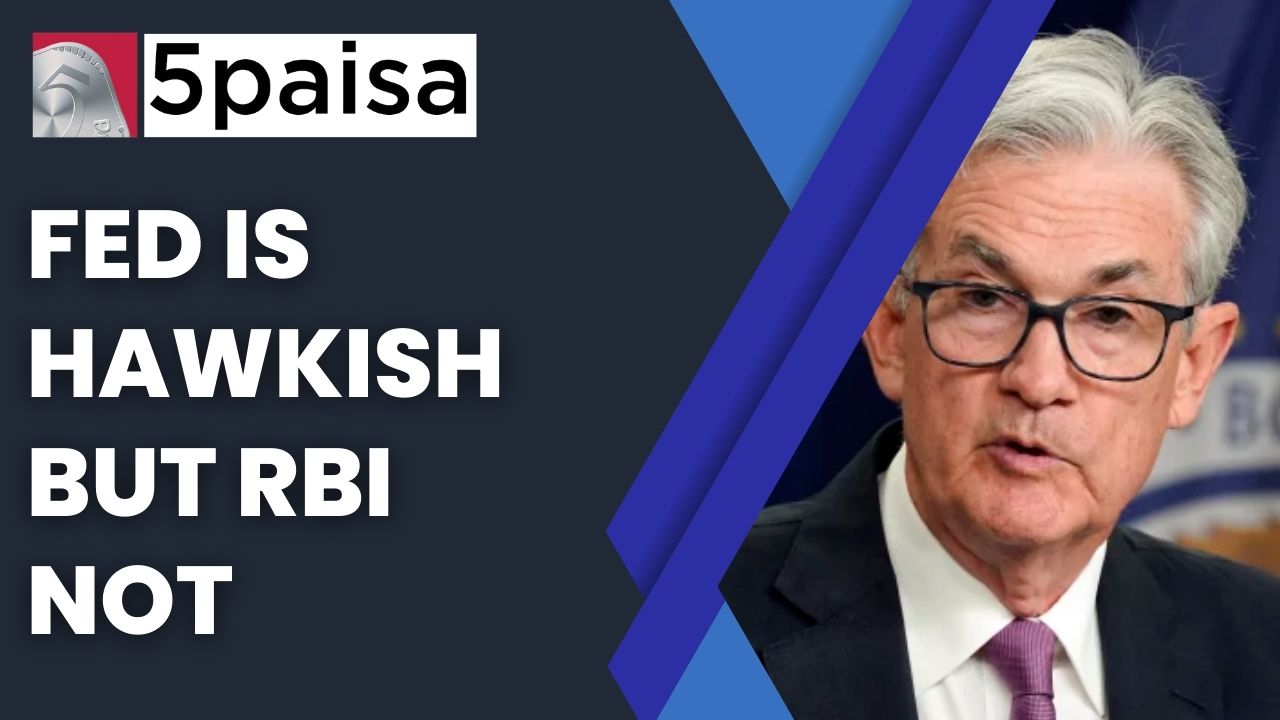
In the FOMC meeting held on 02nd and 03rd of May 2023, the US Federal Reserve once again hiked the rates of 25 basis points. To be fair, the move was rather surprising for two reasons. Firstly, the US mid-sized banks are seeing the worst crisis in recent memory with 3 major banks already gone bust and more on the brink. That would have normally goaded the Fed to go slow on rate hikes. However, the Fed has chosen to keep the banking crisis and the rate action separate. Secondly, there was a slowdown in growth in the US in the first quarter of 2023. As per the first advance estimates, the US economy grew at just 1.1% in the quarter, which is sharply lower than the 2.6% growth witnessed in the fourth quarter of 2022. This should also have goaded the Fed to go slow on rate hikes but they have focused more on the inflation problem than on the growth challenges.
What exactly did the Fed do on 03rd May?
Fed went ahead and hiked rates by 25 basis points. With the latest hike, the rates have gone to the range of 5.00% to 5.25%. That is exactly 500 basis points higher than where the rate hike story had started in March 2022 from the range of 0.00% to 0.25%. That is a lot of hawkishness shown by the Federal Reserve. The Fed said two important things in its statement. It was open to more rate hikes if needed and would not hesitate to take rates still higher. Inflation is still appreciably far from the 2% target levels and labour data is still showing a lot of strength, which is not bringing down the consumer spending in any significant manner. That is keeping inflation high for longer than usual.
What did we read from the Fed statement
The Fed chair, Jerome Powell, continues to maintain a brave face of monetary policy insularity. That may not be the case, but here is the gist of what he said in the post policy conference.
-
Fed rates at the range of 5.00% to 5.25% represent the highest level since 2007; just before the global financial crisis. However, despite having hiked rates by 500 bps, Powell is far from hinting at a pause. Instead, he has hinted that more rate hikes were possible if the situation warranted. One good indicator coming from the Fed is that it has not given any future guidance on rates and instead wants it to be data driven.
-
In his post policy conference, Powell expressed confidence that, contrary to popular perception, an economic recession can be avoided. Many economists have warned that aggressive rate hikes could control inflation but would also result in a hard landing for the economy. That has been ratified by two data points viz. the weak Q1 GDP data and the inverted yield curve. Somehow Powell appears to believe that this time around it may be different.
-
An interesting disconnect between Jerome Powell and the Fed futures market appears to be on likelihood of rate cuts in 2023, while not ruling it out in 2024. However, what the CME Fedwatch indicates is very different. In fact, the CME Fedwatch is indicating at 100 bps rate cut by December 2023 and 200 bps rate cut by mid-2024. Powell has stuck to his view that inflation would come down gradually and hence reversal of hawkish policy happen in a hurry.
-
What does Powell say about the banking crisis that is enveloping the mid-sized banks in the US. According to Powell, the banking crisis has acted as a supplement to the hawkish stance of the Fed. Here is how. The banking turmoil in March and April 2023 had automatically resulted in less availability of credit in the US economy. What may have to be achieved by sharper rate hikes is now being done by the banking crisis itself. It follows that while the rates may not have scaled the top, it must be close to the top.
But the bigger story from an India perspective is that their stance is diverging from the US stance. What would be the implications if RBI policy on the monetary front is diverging from Fed policy?
RBI monetary policy is diverging and that has its own risks
In the April 2023 RBI policy, the Monetary Policy Committee (MPC) opted for status quo on repo rates. It maintained the rate at 6.5%, after having hiked rates by 250 basis points. Monetary divergence may look good on paper, but it comes with its own set of risks. Here are the risks that Indian economy and markets could be exposed due to monetary divergence.
-
Firstly, US bonds continue to be attractive and that is likely to draw FPI flows in the short to medium term. Today, the repo rate differential between India and the US is just 125 bps, the lowest it has been in a long time.
-
Of course, the pause also has some positives for the RBI in that it addresses the issue of rising cost of funds and falling solvency ratio that Indian companies are facing of late. As the Fed continues its hawkish stance, these choices will get tougher for the RBI.
-
The other big downside risk of monetary divergence is the volatility in markets. For example, during the global financial crisis, India maintained its rate moves in sync with the Fed, so that avoided volatility in Indian markets. However, any divergence for a sustained period of time leads to big flows in and out of the market causing short term disruptions in the market structure.
-
Lastly, monetary divergence has a cost in currency terms too. Rate hikes make the dollar dearer and the rupee less preferred. For now, the divergence has just started and if it deepens then there could be a flow out of the rupee and into dollars. This could have larger implications for the currency value, as we saw so eloquently in 2013.
For now, the RBI has opted for monetary divergence, however that strategy is fraught with risks, especially with respect to volatility in markets.
- Flat ₹20 Brokerage
- Next-gen Trading
- Advance Charting
- Actionable Ideas
Trending on 5paisa
03
 5paisa Research Team
5paisa Research Team
Indian Market Related Articles
Disclaimer: Investment in securities market are subject to market risks, read all the related documents carefully before investing. For detailed disclaimer please Click here.


